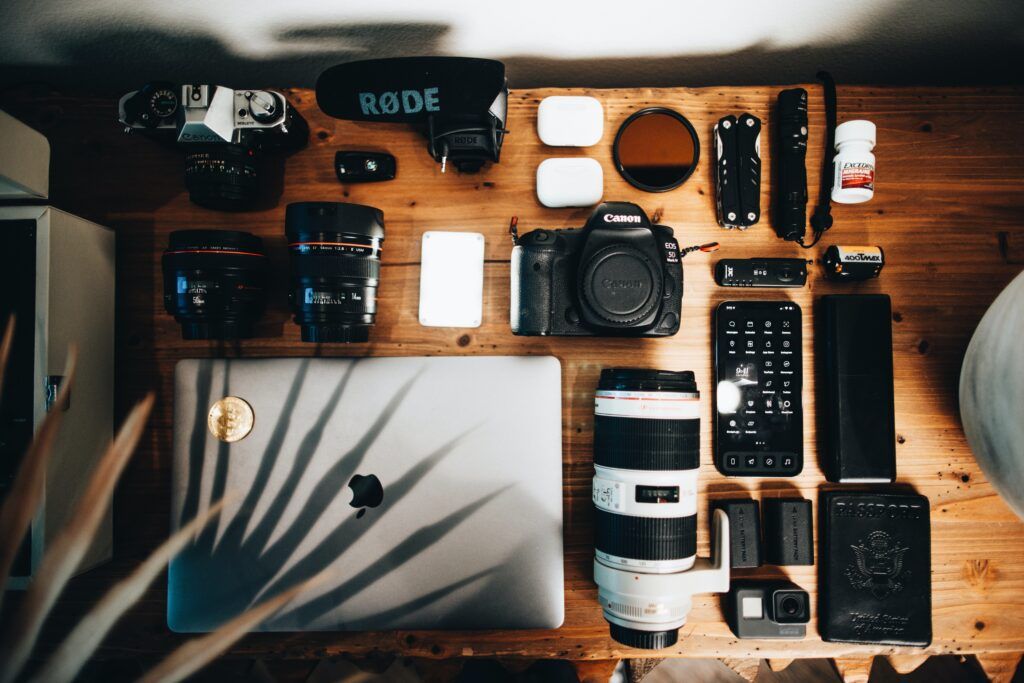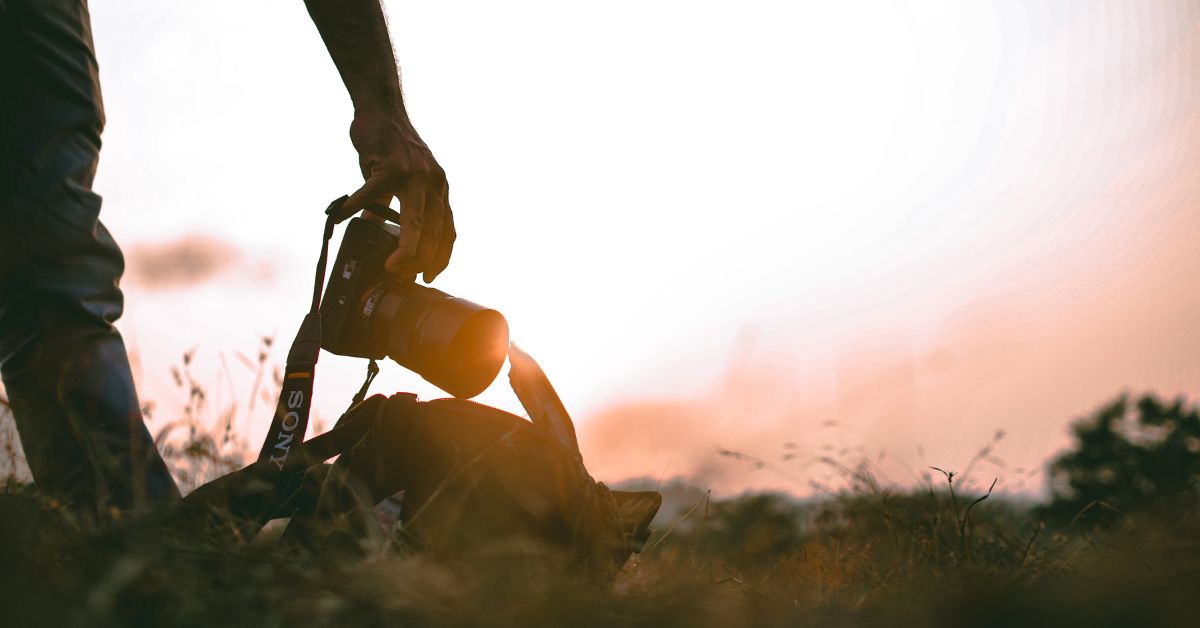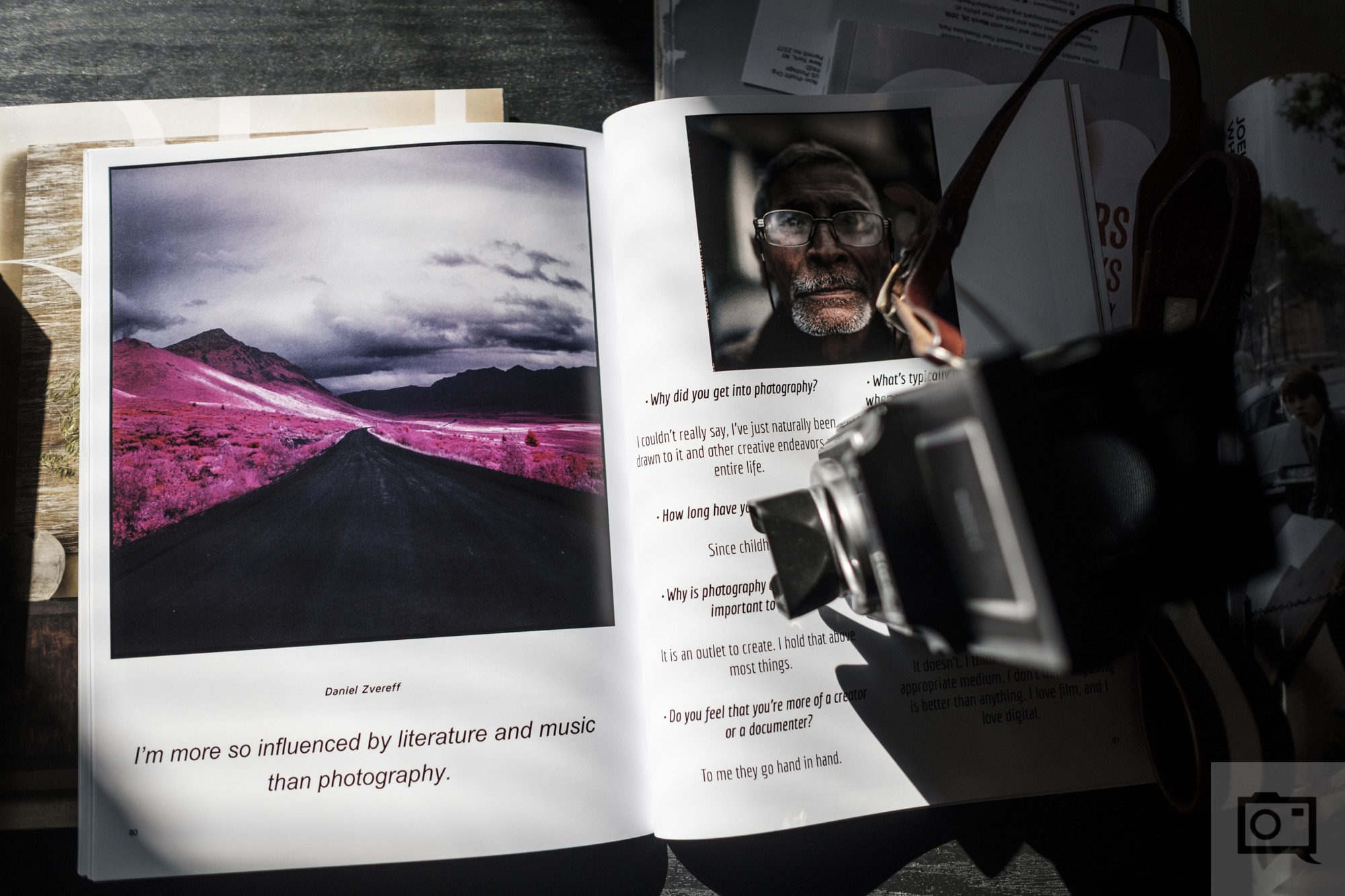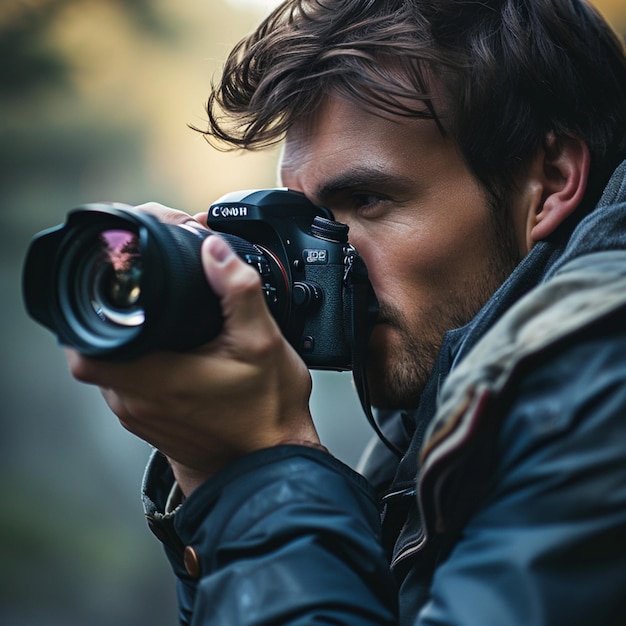Mastering the Lens: Innovations and Evolutions in Modern Photography Techniques

28-12-2024, 02:49 Admin 5 935 0
Article Title: "Mastering the Lens: Unraveling the Technological Marvels Reinventing Today's Photography Landscape"
The world of photography is home to constant innovation and evolution, where the lens has effectively become an extension of human perception, capturing moments and emotions like never before in higher fidelity and depth. This seventh edition of "Mastering the Lens" delves into the latest advancements and transformations in photography techniques, promising a fresh narrative on modern technology's indispensable role in optimizing efficiency and revolutionizing this art form.
Photography is no more limited to trained professionals with heavy gear; smartphones, equipped with advanced computational photography tech, have brought professional-grade capabilities to our pockets. As an instance, Google Pixel's Night Sight feature signifies how software algorithms can intervene to capture excellent low-light photos without requiring a specialized lens or manual adjustments. It ramps up the ISO and applies HDR+, delivering images without the unfriendly noise usually associated with high ISO levels, thus marking a significant leap in automated photography.
On the professional frontier, advancements such as mirrorless technology are setting new benchmarks. Unlike traditional DSLRs that use a mirror to reflect light into the viewfinder, mirrorless cameras directly expose the image sensor to light, providing a real-time electronic view of the scene. This integration of technology refines the process of image making by reducing mechanical complexity and achieving faster shutter speeds, an attribute much desired by wildlife and sports photographers.
One must not forget the field of drone photography—an area that has recently exploded in popularity, offering a fresh perspective through aerial shots. With innovations like collision detection and automated tracking, drones like DJI's Phantom series have refined maneuverability and accessibility, producing stunning top-down or panoramic images that were once the prerogative of aerial cinematographers with access to helicopters.
Furthermore, AI-infused editing software like Adobe’s Sensei brings sophisticated techniques to the fingertips of amateur photographers. From auto-tagging images for better organization to advanced photo editing based on machine learning algorithms, these technologies are optimizing post-processing workflows and creating room for more creativity.
The evolution isn’t just digital, though. Analog photography, too, has witnessed a resurgence, primarily due to the emergence of instant cameras such as Fujifilm's Instax series. Coupling nostalgia with innovation, these tools have elevated the 'click-and-print' experience, recapturing the magic of classic Polaroids while aligning with modern effectiveness and efficiency.
The increasing popularity of 360-degree photography, facilitated by compact devices like the Ricoh Theta Z1, has expanded the scope of immersive storytelling via virtual reality platforms. Not only does it redefine content generation, but it also adds a new dimension to photojournalism, real estate, and tourism industries, showcasing the power of technology in pushing conventional boundaries.
Photography embodies a relentless quest for capturing reality as we perceive it, and sometimes, beyond that. The new-age innovations discussed in this edition of "Mastering the Lens" illuminate how technological advancements have become an integral part of this quest, enhancing efficiency, enriching user experience, and ensuring the continual reinvention of aesthetics and narratives in our images.
Stay abreast with our series as we continue to unravel the technological marvels reshaping the world of photography, unveiling ways in which these transformations can usher in an era of unfettered creativity and efficiency for professionals and amateurs alike.
The world of photography is home to constant innovation and evolution, where the lens has effectively become an extension of human perception, capturing moments and emotions like never before in higher fidelity and depth. This seventh edition of "Mastering the Lens" delves into the latest advancements and transformations in photography techniques, promising a fresh narrative on modern technology's indispensable role in optimizing efficiency and revolutionizing this art form.
Photography is no more limited to trained professionals with heavy gear; smartphones, equipped with advanced computational photography tech, have brought professional-grade capabilities to our pockets. As an instance, Google Pixel's Night Sight feature signifies how software algorithms can intervene to capture excellent low-light photos without requiring a specialized lens or manual adjustments. It ramps up the ISO and applies HDR+, delivering images without the unfriendly noise usually associated with high ISO levels, thus marking a significant leap in automated photography.
On the professional frontier, advancements such as mirrorless technology are setting new benchmarks. Unlike traditional DSLRs that use a mirror to reflect light into the viewfinder, mirrorless cameras directly expose the image sensor to light, providing a real-time electronic view of the scene. This integration of technology refines the process of image making by reducing mechanical complexity and achieving faster shutter speeds, an attribute much desired by wildlife and sports photographers.
One must not forget the field of drone photography—an area that has recently exploded in popularity, offering a fresh perspective through aerial shots. With innovations like collision detection and automated tracking, drones like DJI's Phantom series have refined maneuverability and accessibility, producing stunning top-down or panoramic images that were once the prerogative of aerial cinematographers with access to helicopters.
Furthermore, AI-infused editing software like Adobe’s Sensei brings sophisticated techniques to the fingertips of amateur photographers. From auto-tagging images for better organization to advanced photo editing based on machine learning algorithms, these technologies are optimizing post-processing workflows and creating room for more creativity.
The evolution isn’t just digital, though. Analog photography, too, has witnessed a resurgence, primarily due to the emergence of instant cameras such as Fujifilm's Instax series. Coupling nostalgia with innovation, these tools have elevated the 'click-and-print' experience, recapturing the magic of classic Polaroids while aligning with modern effectiveness and efficiency.
The increasing popularity of 360-degree photography, facilitated by compact devices like the Ricoh Theta Z1, has expanded the scope of immersive storytelling via virtual reality platforms. Not only does it redefine content generation, but it also adds a new dimension to photojournalism, real estate, and tourism industries, showcasing the power of technology in pushing conventional boundaries.
Photography embodies a relentless quest for capturing reality as we perceive it, and sometimes, beyond that. The new-age innovations discussed in this edition of "Mastering the Lens" illuminate how technological advancements have become an integral part of this quest, enhancing efficiency, enriching user experience, and ensuring the continual reinvention of aesthetics and narratives in our images.
Stay abreast with our series as we continue to unravel the technological marvels reshaping the world of photography, unveiling ways in which these transformations can usher in an era of unfettered creativity and efficiency for professionals and amateurs alike.
Related News
Leave a Comment


